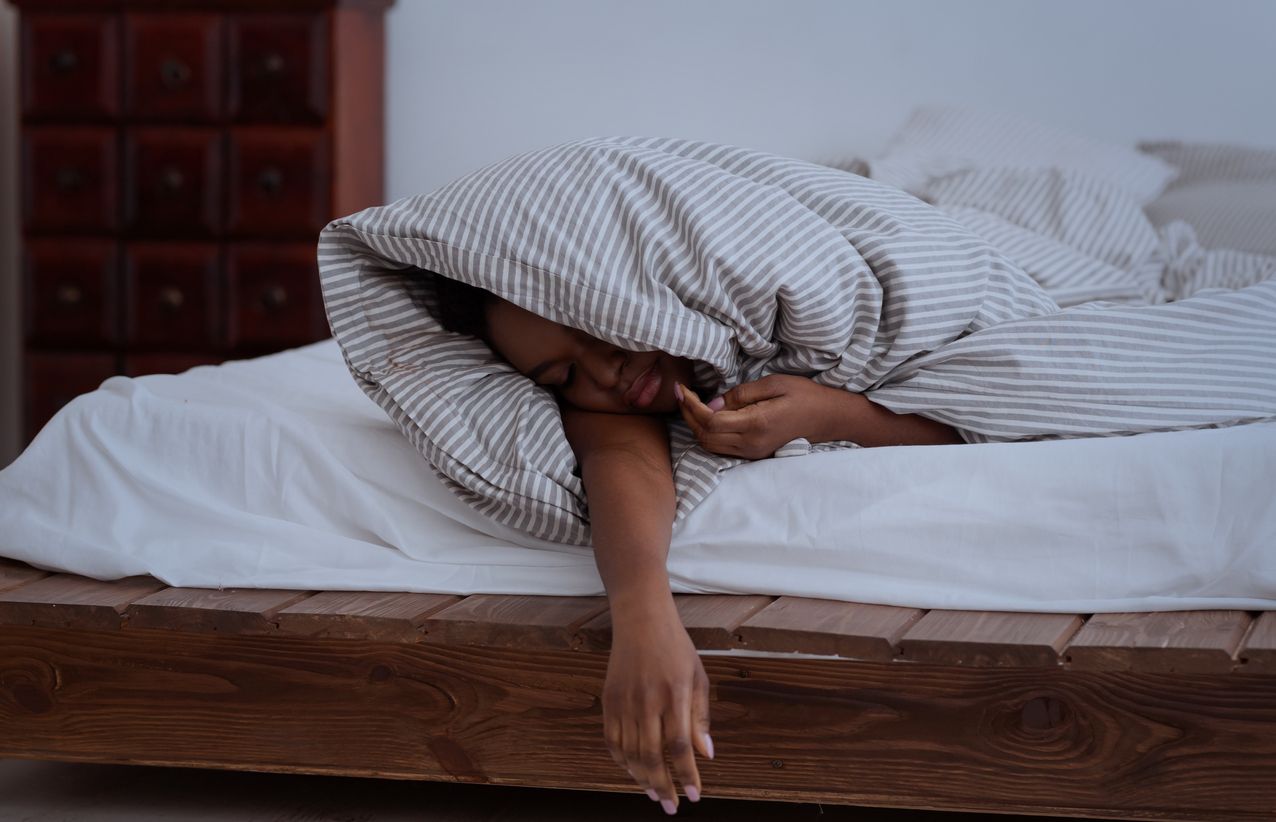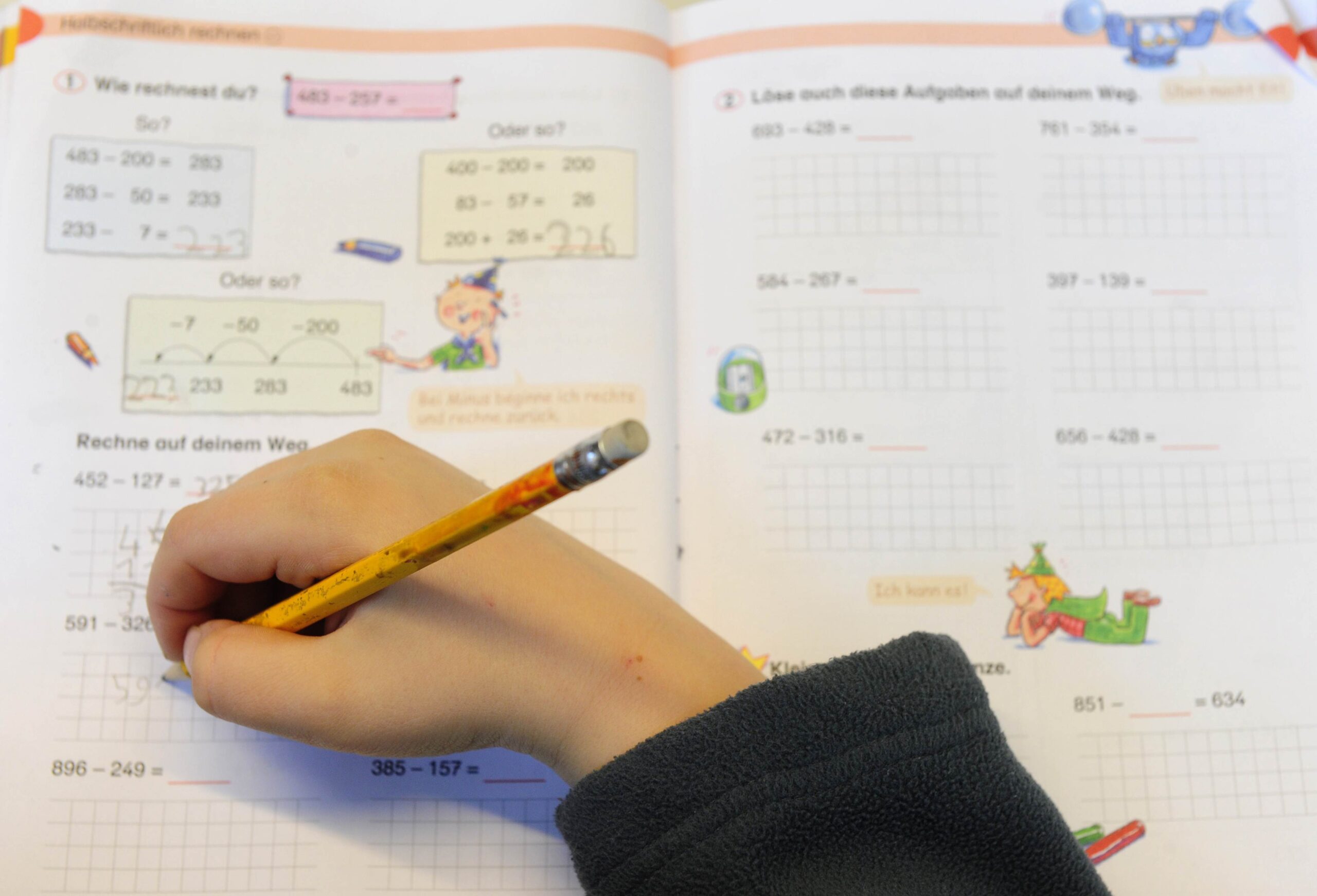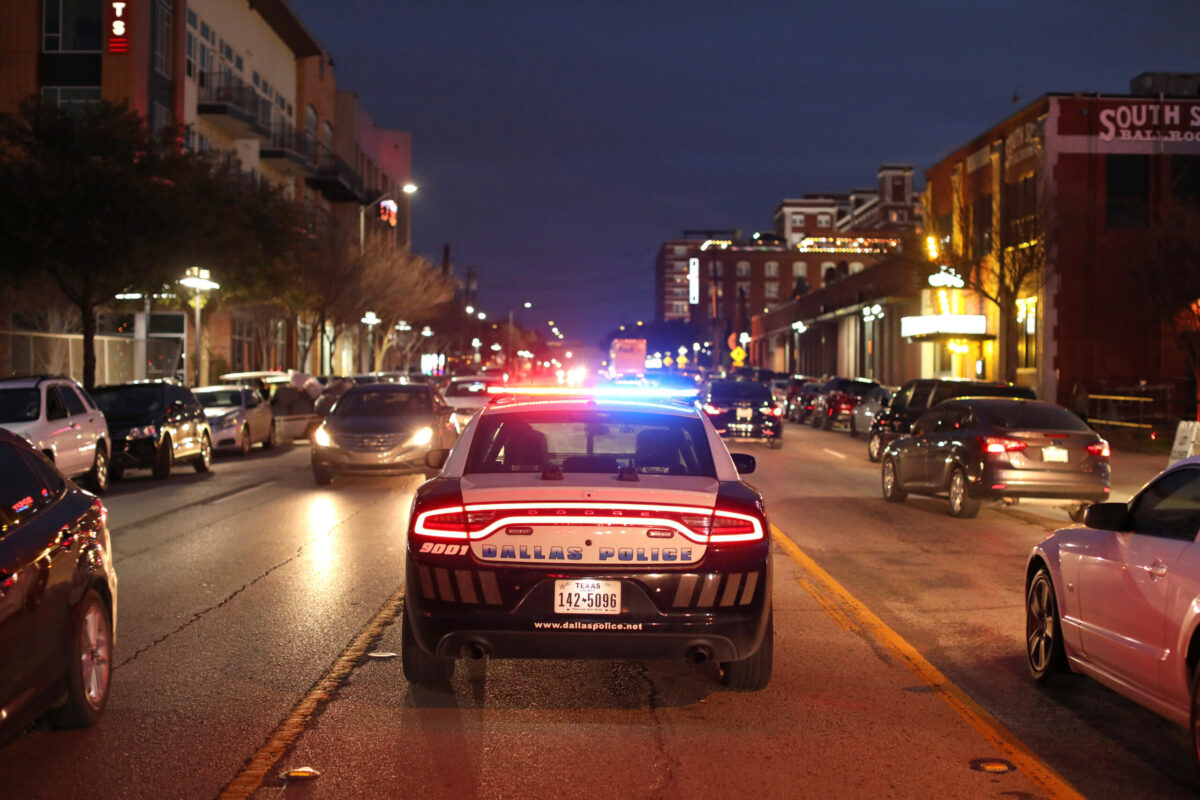Six Signs That You Might Have Seasonal Affective Disorder
Winter. It’s cold outside, it gets dark early, and seasonal sicknesses like the flu, RSV, and COVID are rampant. Why wouldn’t you be in a bad mood?
If you’re feeling down these days, you’re far from alone. According to an article published by Psychiatry (Edgmont), 14 percent of U.S. adults suffer from the winter blues, while six percent of the U.S. population “is affected by seasonal affective disorder (SAD) in its most marked form.”
“Fewer hours of sunlight during the winter months can lead to a drop in serotonin levels, which often has an impact on our mood,” Hussain Ahmad, MD, tells Best Life. “In those with Seasonal Affective Disorder, this can lead to a drop in melatonin levels, which have a knock-on effect on a wide range of things.” Read on for some surprising symptoms that may mean you’re suffering from SAD.
READ THIS NEXT: Eating These Popular Foods Spikes Your Risk of Depression and Anxiety, New Study Says.
If you’re craving starchy foods like pasta and bread, this could be a sign of SAD. “Many patients with SAD say they feel a lot hungrier than usual, and crave more carbohydrate-heavy foods during the colder months,” says Ahmad. “For many, if left untreated this often leads to weight gain and contributes further to the feelings of sluggishness and low energy they may already be experiencing.”
On the other hand, a decreased appetite could also signal SAD. “Some individuals have the opposite problem and feel totally off their food, as though they’re not in the mood to eat or simply getting fuller quicker,” advises Ahmad.

Winter isn’t the only time of year that can bring on SAD-related sleep problems, but they are more common in the cold season. “Fewer hours of daylight and colder temperatures appear to contribute [to insomnia], having a negative effect on some peoples’ mental and physical health,” says Ahmad, who notes that symptoms tend “to begin during autumn and be at their worst during the months of December, January, and February.”
Still, some people experience SAD during the summer, when the condition may cause difficulty falling asleep. “Sufferers of SAD also have the opposite problem during the winter months, where they find themselves sleeping too much, and are often unable to wake up in the mornings,” says Ahmad.

Since SAD is a type of depression, it makes sense that symptoms may include feeling sad, angry, anxious, and stressed—or all of the above, says Ahmad. He explains that this is at least partly due to decreased serotonin levels. While the specific cause of SAD isn’t known, he adds that melatonin levels can also be a factor. Other possible reasons can be your circadian rhythm (also known as your internal sleep clock), explains the Mayo Clinic.
As insomniacs know, problems with sleep can contribute to changes in mood or the intensity of your feelings. “Your emotions are regulated in the brain—most notably, by the amygdala,” reports GoodRx. “When you are sleep deprived, the amygdala goes into overdrive [and] produces more intense emotional reactions to difficult situations.”

SAD isn’t just about feeling sad. A lack of energy or motivation can also signal the disorder. “Seasonal Affective Disorder often saps our energy levels during the winter months, making it difficult to want to do just about anything,” says Ahmad.
“If you find yourself struggling to do things you were having no problems with just a few months ago, and you’re experiencing other symptoms of the condition, it’s worth having a chat with your general practitioner to express your concerns.”
For more health news sent directly to your inbox, sign up for our daily newsletter.

People with SAD aren’t just reluctant to tackle daily tasks like going to work or grocery shopping. “Lowered libido is very common in many depressive disorders, particularly SAD where we see a drop in motivation and energy levels,” says Ahmad. “I’ve had patients in the past who have gone from having very physical relationships with their partners to not even wanting to be touched or hugged, just in a matter of months.”
Ahmad cautions that this symptom can put “a huge strain” on relationships when people with SAD don’t understand what’s happening or blame themselves, when in fact the symptom is out of their control.

SAD can go beyond depression in intensity and lead to suicidal thoughts, which Ahmad says is one of its most severe symptoms. “Unfortunately, given how common some of the other symptoms of the disorder are, we sometimes brush them off or carry on pushing through,” he says. “But left untreated, symptoms of SAD will often come to a head and present as very worrying thoughts, whether they be related to self harm, suicide, or severe depression.”
Consulting with your doctor about a potential psychological assessment and course of treatment is advisable even if you’re having milder symptoms of SAD, and Ahmad urges anyone experiencing suicidal thoughts to seek medical assistance immediately.
If you are having thoughts of suicide, or know someone who is, call or text the Substance Abuse and Mental Health Services Administration (SAMHSA) Suicide & Crisis Lifeline at 988. You are not alone.
" Conservative News Daily does not always share or support the views and opinions expressed here; they are just those of the writer."






